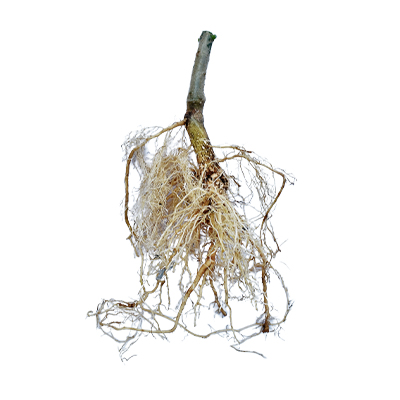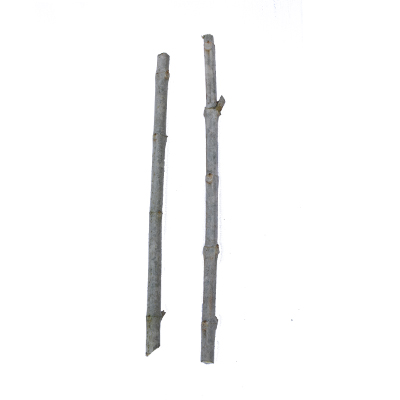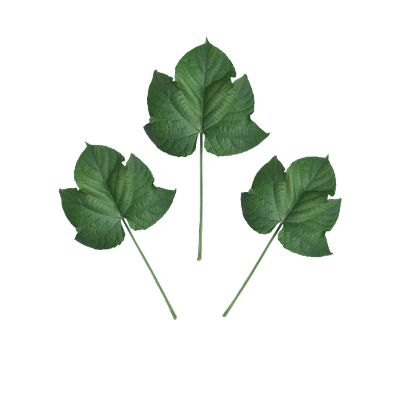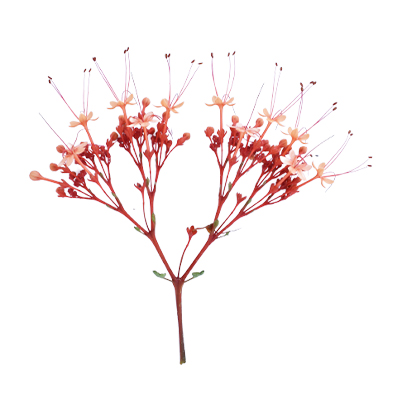Pagoda Flower
Clerodendrum japonicum (Thunb.) Sweet
Lamiaceae
Location in our garden
Principal

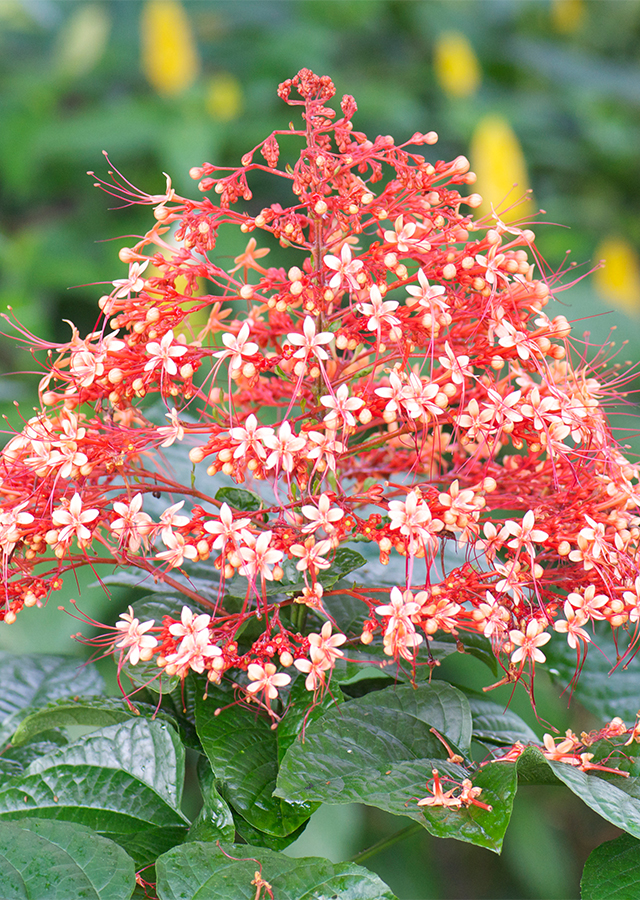

Synonym
Volkameria japonica Thunb.
Habitus
Shrubs. A deciduous perennial shrub growing 1 to 4 m tall
Part Used
Leaves
Flowers
Roots
Stem
Growing Requirements
Full Sunshine
Habitat
Riverbanks
Forest
Grassland
Overview
Pagoda flower is native to Himalaya to South China and West and Central Malesia. The plant is sometimes harvested from the wild for local use as a food and medicine. It is sometimes grown as an ornamental in gardens.
Vernacular Names
Japanese glory bower (English), Cheng thong or He bao hua (Chinese), Asara or Kuthap angangba (Indian), Chirinto (Japanese), Patlange or Igbo (Nepalese), and Biniuang (Philippines).
Agroecology
Thickets in valleys, along streams, and in grassy openings at elevations of 100 - 1,200 m. Succeeds in a sunny position in ordinary garden soil but prefers a fertile humus-rich well-drained soil. The soil must not be allowed to dry out in the growing season and requires a position sheltered from cold drying winds.
Morphology
- Branches - green, streaked with purple, and four-angled.
- Leaves - Lower leaves grow on long stalks and are heart-shaped, very large, measuring up to 32 cm wide; with pointed tips and obscurely toothed margins. Upper leaves become gradually smaller and finally pass into bracts.
- Flowers - crimson. Calyx is large, inflated, conical, and almost winged at the angles, the five lobes being elliptic or ovate and about 10 mm long. Corolla-tube, which is slightly longer than the calyx, divides into five, oblique, spreading, oblong lobes. Stamens are purple, very long - 5 to 6 cm in length.
- Fruits - globose drupes with 4 lodges of about 1 cm of diameter, blackish blue when ripe, with the lobes of the calyx persistent, containing 4 seeds (one per each lodge).
Cultivation
- Seeds - best sown as soon as possible.
- Root cuttings - 6 - 8 cm long. High percentage.
- Division of suckers in the dormant season.
Chemical Constituents
Alkaloids, flavonoids, tannins, glycosides, steroids, terpenoids, tunning substance, saponins, polyphenols, syringaresinol, medioresinol, martinoside, cytochalasin, dehydrovomifoliol, butylitaconic acid, loliolide.
Traditional Medicinal Uses
Medicinal Uses
- Considered antibacterial, anti-inflammatory, vulnerary.
Traditional Uses
- The leaves are diuretic. In the Philippines, infusion of leaves used by women during pregnancy. Elsewhere, used in the treatment of leucorrhea, metritis, menstrual disorders, jaundice, furunculosis, impetigo, anthralgia, osteodynia, lumbago and hypertension. Poultice of pounded fresh leaves and washing with juice used for healing wounds, burns, boils and impetigo. A decoction is used in the treatment of blenorrhoea. Juice from the leaves is an ingredient of a herbal bath for children with furuncles.
- Decoction of flowers used in the treatment of gonorrhea, hematochezia, and epistaxis (nosebleed).
- Root is said to have been used successfully in the treatment of jaundice.
Part Used
Reference Sources
- Monaco Nature Encyclopedia. (No date). Clerodendrum japonicum. https://www.monaconatureencyclopedia.com/clerodendrum-japonicum-2/?lang=en#:~:text=Common%20names%3A%20Japanese%20glory%20bower,The%20Clerodendrum%20japonicum%20(Thunb.) 31.08.2020
- Stuartxchange. (2012). Philippines Medicinal Plants. Biniuang. http://www.stuartxchange.com/Biniuang 31.08.2020
- TIAN Jun;SUN Han一Dong. (1995). Chemical constituents from Clerodendrum japonicum. ACTA BOTANICA YUNNANICA. CNKI Jounal. 1995-01. http://en.cnki.com.cn/Article_en/CJFDTotal-YOKE501.018.htm 01.09.2020
- Fern, Ken. (2019). Useful Tropical Plants. Clerodendrum japonicum (Thunb.) Sweet. http://tropical.theferns.info/viewtropical.php?id=Clerodendrum+japonicum 31.08.2020
